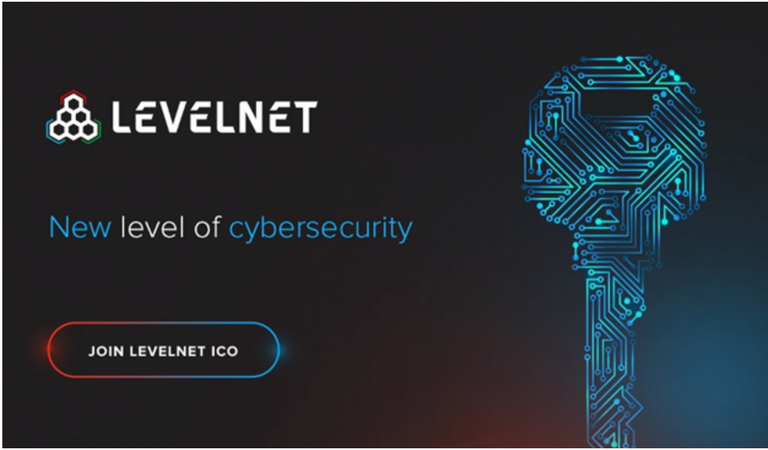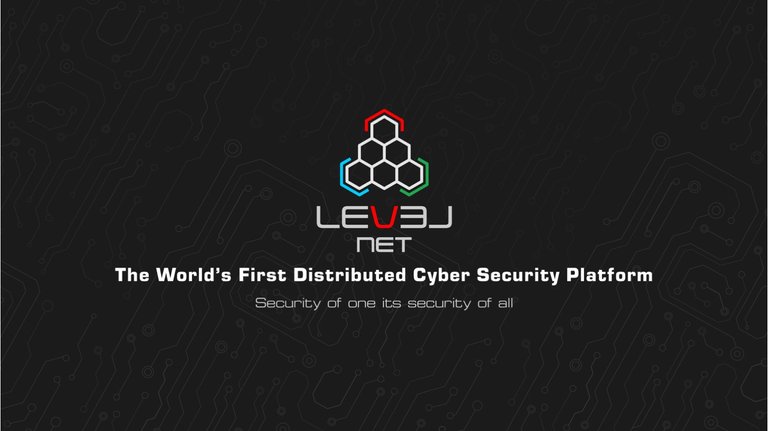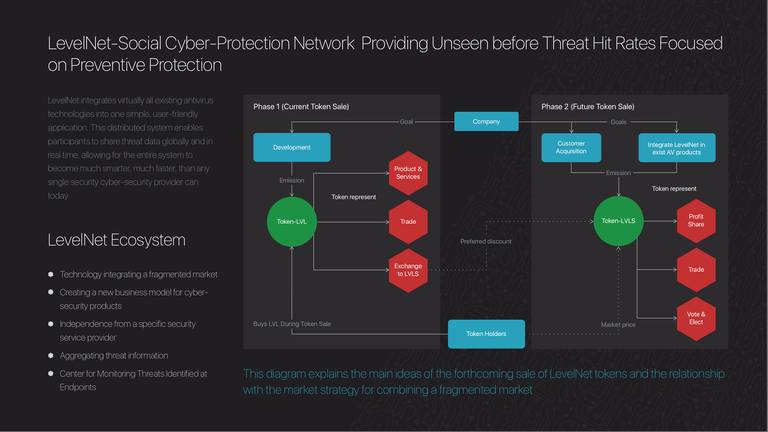
Today, many cyber criminals planning an attack against a company will often try to determine what version of antivirus a company is using. This can be as simple as looking at the email footer sent by a member of staff telling the recipient that the message has been scanned with Product-X. The cybercriminal can then construct their exploit, and test against the victim's antivirus product to ensure it is not detected before launching. Once the victims system is exploited, it can be days or weeks before the company realises they have been attacked. Once the attack has been discovered, a company can then liaise with their antivirus vendor and work towards a solution.
However, one of the main issues with today's antivirus and anti-malware solutions is that once a particular vendor has found a threat, it can take days, possibly weeks for other vendors to catch up, leaving the end users vulnerable to attack until the threat is caught by the product they're using.
LevelNet overcomes this issue and is the first cybersecurity product that successfully integrates virtually all existing antivirus technologies into one simple, user-friendly application. This distributed system enables participants to share threat data globally and in real time, allowing the entire system to become much smarter, much faster, than any single security cybersecurity provider can today.

But before we look to the future, it is worth remembering the past, and seeing how modern day antivirus and anti-malware came about, and why LevelNet is set to become a true, next generation cyber security solution.
In the beginning
While there may be some debate as to what was the first real computer, and the first real virus, most people agree that the 1980s is when things started to take off in regard to antivirus software. More specifically, 1987 seems to be the year when things really started to get going…
For example, in 1987, the first publicly documented removal of an "in the wild" computer virus (i.e. the "Vienna virus") was performed by Bernd Fix. 1987 was also the year Andreas Lüning and Kai Figge released their first antivirus product for the Atari ST platform. In the same year, the Ultimate Virus Killer (UVK) was also released. In addition, if that wasn't enough, 1987 also saw John McAfee found the McAfee company, and Peter Paško, Rudolf Hrubý, and Miroslav Trnka created the first version of NOD antivirus.
Perhaps most importantly, 1987 was the year that Fred Cohen suggested that:-
"… there is no algorithm that can perfectly detect all possible computer viruses … "
However, Fred Cohen had based that assertion on the heuristic antivirus engines in use at the time, which are very different from those used today.
The emergence of the antivirus industry
The 1990's can arguably be deemed as the period when the antivirus industry as we know it today started to take shape. 1990 saw the foundation of Panda Security by Mikel Urizarbarrena. And in the same year, Péter Szőr released the first version of Pasteur antivirus in Hungary, with Gianfranco Tonello creating the first version of VirIT eXplorer antivirus in Italy.
In 1991 puts us on ground that is more familiar with Symantec releasing the first version of Norton AntiVirus and 1992 seeing Jan Gritzbach and Tomáš Hofer found AVG Technologies and release the first version of their Anti-Virus Guard (AVG). Similarly, F-Secure in Finland released the first version of their antivirus product, F-Secure, which claims to be the first antivirus firm to establish a presence on the World Wide Web.
Towards the end of the decade, in 1997, Eugene Kaspersky and Natalya Kaspersky, co-found security firm Kaspersky Lab in Russia.
Towards present day
The turn of the century saw a continuing refinement in antivirus products, and new techniques replacing older technology after the first decade. One significant change has been the shift away from signature-based detection. Previously, a virus could be detected by a unique filename, infection methodology or string of characters in the code, for example. But virus writes and cyber criminals have gotten wise to this, and so new technologies had to be invested.
Most modern day antivirus products will use a combination of signature-based detection, as described above, and heuristics – a method of looking for general traits, rather than specifics i.e. if it walks like a duck, and quacks like a duck, it's probably a duck! When combined with 'real time protection', which is a term used to describe the antivirus product scanning files as and when the computer and user interacts with them, you have the, admittedly, somewhat simplified, basis for most modern day antivirus products.
LevelNet: Real-time Cybersecurity Solution
LevelNet takes things a step further, and introduces a truly next generation product. Antivirus products up until now have traditionally used a client-server type distribution model, in which once a computer is turned on, it looks to the server further up the chain for an update. If there isn't one, or if the computer can't contact the upstream server, it simply carries on as normal, albeit with potentially out of date information.
LevelNet uses a different model entirely, utilising a P2P (Peer to Peer) system, allowing each LevelNet user to share information with others on the network. If a potential threat is detected, that file is quarantined and other LevelNet users are alerted, should they have the same file on the system.
Where LevelNet truly excels is that by using this method, the cybercriminal described at the start of this article is thwarted before they have the opportunity to infect a number of systems. Once a new, unknown file appears on a user system, LevelNet will stop it from taking any further action until the user gives it the ok. While LevelNet waits for confirmation, each LevelNet user will be alerted, and protected, if the same file is seen on their system. In this way, outbreaks of ransomware, similar to the WannaCry outbreak that affected the UK health service can be avoided, potentially saving businesses thousands of pounds.
LevelNet Public Sale and Token Information

1 LVL = 0,01 USD
Accepted payment Methods: BTC, BCH, ETH, LTC, USD, VISA
No. of tokens issued: 1, 500, 000, 000
Soft Cap: $1.5M
Hard Cap: $12M
Unsold LVL tokens will be destroyed.
The LevelNet token sale is now on, and runs until the 30th of June 2018.
For more details LevelNet's main website https://levelnet.co
Further information can be found in the Whitepaper here https://levelnet.co/docs/wp_en.pdf
LevelNet Telegram group https://t.me/levelnet_ico
Follow LevelNet on Twitter https://twitter.com/LevelNetwork
Follow and Like LevelNet on Facebook https://www.facebook.com/levelnetwork/
Join them on Reddit https://www.reddit.com/user/LevelNetwork/
Join the discussion on BitcoinTalk https://bitcointalk.org/index.php?topic=2212642
Follow LevelNet on LinkedIn https://www.linkedin.com/company/levelnet/
Read their latest articles on Medium https://medium.com/@LevelNetwork
Watch videos and subsribe to LevelNet on YouTube https://www.youtube.com/channel/UCB6xtJLAFD-ovTTyr9JhjDw/videos?reload=9